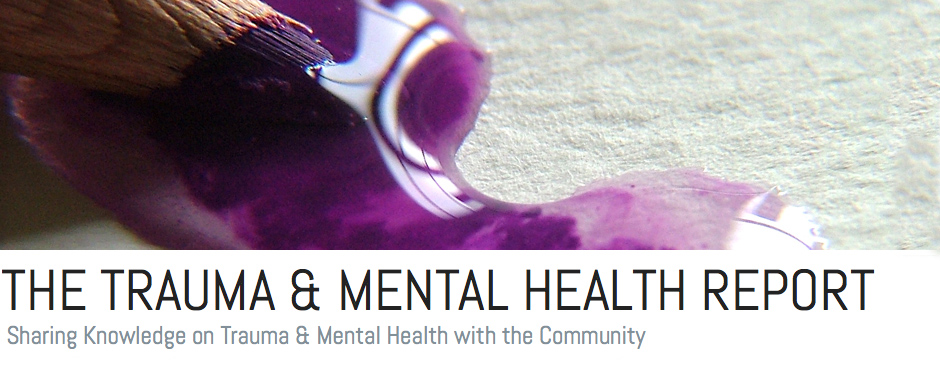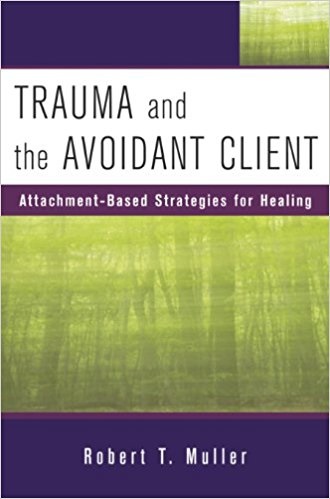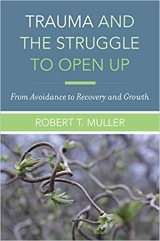
Understanding Trauma Bond Addiction Cycle: A Neurobiological Perspective
In Dr. Nicole La Pera’s (@TheHolisticPsychologist on Instagram) clever and informative YouTube video entitled “Why you feel stuck and addicted”, she breaks down what she calls the “The Trauma Bond Addiction Cycle” into three key stages. Namely, Rejection/Withdrawal, Love Seeking, and The Make-Up Phase—each further reinforcing a pattern of entrapment that all too often keeps individuals stuck in dysfunctional relationships. Dr. La Pera highlights that what makes these cycles so difficult to break is the powerful, underlying neurobiological processes that fuel them rather than psychological and physical attachment alone.
The evolutionarily developed fundamental human need “to belong” and feel “accepted”, primes us to perceive feelings of rejection and withdrawal—whether through gaslighting, emotional invalidation, psychological manipulation, silencing, or physical distancing—as a genuine threat to our survival. This activates our stress response, sending fear signals to our brain, and flooding our entire nervous system with cortisol and adrenaline. In an attempt to self-regulate and return to a more comfortable state of homeostasis, we engage in “love-seeking” behaviors—explaining, love-bombing rationalizing, appeasing, or even idealizing the person who hurt us—driven by a desperate innate need to restore the broken connection quickly. If reconciliation is achieved, the brain rewards us with a pleasing surge of dopamine, serotonin and oxytocin, further perpetuating the cycle and compounding the strength of the addiction over time.
This cyclical neuro-psychosocially induced and maintained addictive cycle helps explain why many people struggle to leave toxic relationships, even after becoming aware of their destructive patterns. The body becomes quickly addicted to the highs and lows, creating a strong physiological, psychological, and neurological dependency on the source of the stress itself. Unfortunately, it takes more than just “knowing” and “understanding” to break these deeply ingrained cycles of harmful relational behavior—it is only through active, consistent reconditioning of the nervous system that we can learn how to find safety in moments of disconnection, disrupt the habitual stress-response loop addiction, and build more patterns of self-regulation and self-worth that function independently of our relationships.
Understanding this cycle can help us cultivate self-compassion when we get caught up in it. Healing begins with recognizing these patterns, finding new ways to feel safe within oneself, and creating new healthier connections less rooted in volatility.
Which stage do you find yourself most stuck in? Share your thoughts in the comments.
Image Credits:
Featured Image: pikisuperstar, Freepik



